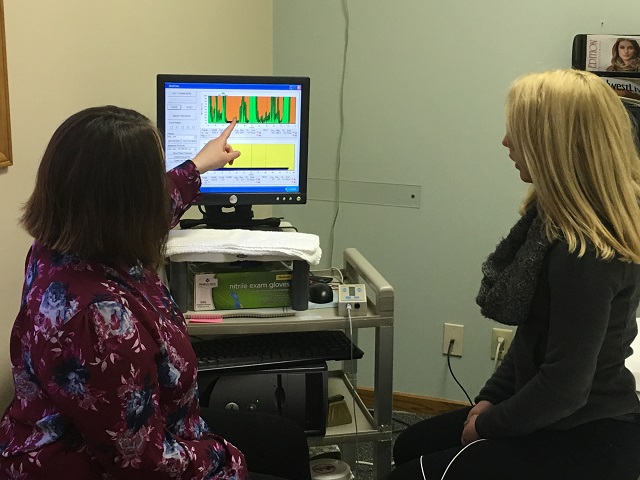Contrary to popular belief, most cases of incontinence can be cured or improved with proper diagnosis and treatment. Working together, physicians and physical therapists can help patients regain their sense of control and dignity.
Women who suffer from urinary incontinence, or the lack of bladder control, are not alone. Most often women suffer from urinary incontinence due to vaginal deliveries and menopause, this disorder is not an older part of aging.
Types
Urge incontinence is signaled by a strong, frequent urge to urinate, followed by uncontrolled urine loss.
Overflow incontinence is marked by the loss of small amounts of urine or difficulty in emptying the bladder.
Stress Incontinence also involves urine loss, occurring with even simple movements or activities; laughing, coughing, sneezing or sudden movement.
Causes
Incontinence has many causes – infections, disease, medication, hormonal imbalance, mobility and bladder weakness/overactivity among them.
The loss of bladder control often occurs, however, because of the weakening (through injury or disuse) of abdominal and/or pelvic floor muscles that support the bladder and control the flow of urine. In fact, women who have had children commonly experience incontinence, and up to 50 percent of all obstetrical/gynecological patients are at high risk of developing the disorder.
-
Other causes of pelvic floor weakening include:
- Obesity
- Lack of exercise
- Estrogen deficiency
- Chronic respiratory conditions
- Prior surgeries
- Nerve damage

Treatment
An individualized physical therapy program, such as that offered by Midwest Physical Therapy Services, can be of great aid to patients with weakness of the muscles that support the bladder and surround the urinary sphincter, urethra, vagina and rectum.
Between 54 and 95 percent of incontinent patients using some type of behavioral technique, including physical therapy, show significant improvement.
-
This approach utilizes several techniques, including:
- Electrical stimulation of the pelvic floor muscles
- Therapeutic exercise
- Surface EMG (Electromyography)/Biofeedback
- RUSI (rehabilitative ultrasound imaging)
- Avoidance of activities that stress pelvic muscles
Another technique useful in improving pelvic floor strength is perineometry, which measures pelvic floor activity with a pressure-sensitive or electronic device. Using this device as a biofeedback tool, patients can see – and reinforce – the effectiveness of their exercises.
Instruction in behavioral techniques also can be quite useful. This may include how to avoid straining the pelvic floor muscle, timed voiding, adequate fluid intake, and general cardiovascular exercise.
In some cases, incontinence may require methods outside the realm of physical therapy, such as medication or surgery – to treat infection, replace hormones, stop abnormal bladder muscle contractions, tighten sphincter muscles, correct positioning of the bladder or remove tissue blockage within the bladder. Therapists at Midwest Physical Therapy work closely with physicians to augment these treatment methods.
Click here for more information regarding Bowel Disorders or Constipation.

